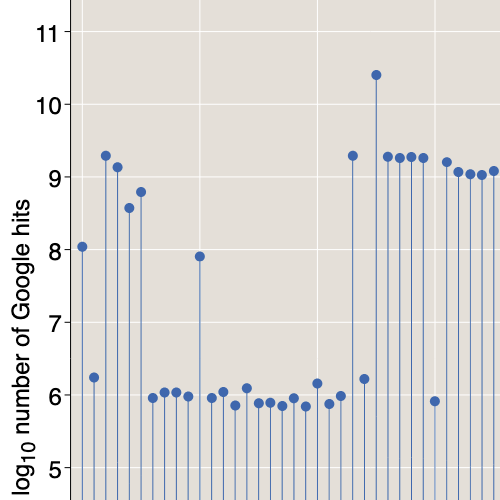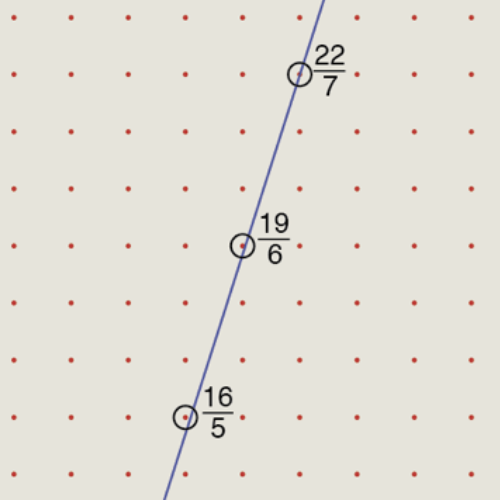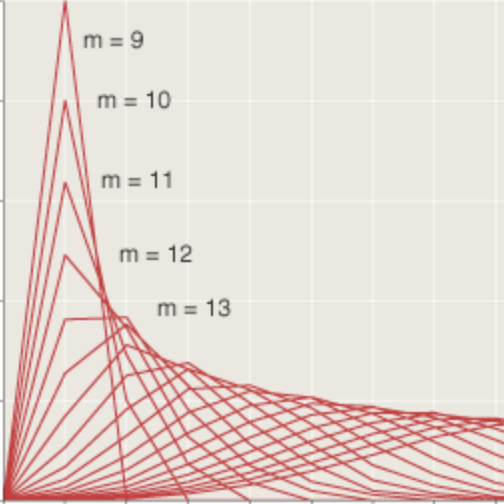R6RS
by Brian Hayes
Published 15 September 2006
Scheme, the dialect of Lisp invented by Guy Lewis Steele, Jr., and Gerald Jay Sussmann, is my first love among programming languages, though I haven’t always been faithful. There’s a new draft standard for Scheme now circulating at http://www.r6rs.org/. The proposal is open for comments until next March; on final approval it will become “The Revised6 Report on the Algorithmic Language Scheme.”
Scheme has always been a language under both tension and pressure. It started out (more than 30 years ago) as a sandbox for playing with some new ideas in programming-language semantics, and also (I think) as an attempt to “do Lisp right.” Soon it became an important teaching language, and it still is. But there’s always been pressure to make more of it. Shouldn’t a language for grownups have modules, libraries, foreign-function interfaces—not to mention classes, methods, inheritance and all the other apparatus of OO? That’s the pressure part. The tension has come from unceasing debates over issues such as the ideal syntax and semantics of macros, and the morality of creating a version of Lisp without an eval procedure.
I’ve only just begun to read the new draft, which is officially the Revised5.91 Report. But I think one can draw some preliminary conclusions just from its heft. Here are the page counts of the principal versions of the standard:
| Date | Pages | |
|---|---|---|
| The Revised Report | 1978 | 34 |
| The Revised Revised Report | 1985 | 76 |
| The Revised3 Report | 1986 | 42 |
| The Revised4 Report | 1991 | 55 |
| The Revised5 Report | 1998 | 76 |
| The Revised5.91 Report | 2006 | 142 |
An introductory essay that first appeared in the Revised3 Report begins:
Programming languages should be designed not by piling feature on top of feature, but by removing the weaknesses and restrictions that make additional features appear necessary.
The same text is still present in the new document. I’ll be interested to learn whether the same spirit has survived. It’s not to be taken for granted that just because the standard has doubled and then redoubled in size, the language has also grown obese. But it’s an obvious worry.
Responses from readers:
Please note: The bit-player website is no longer equipped to accept and publish comments from readers, but the author is still eager to hear from you. Send comments, criticism, compliments, or corrections to brian@bit-player.org.
Publication history
First publication: 15 September 2006
Converted to Eleventy framework: 22 April 2025




We are discussing some graph theory stuff over at this blog. I linked to a bunch of your articles to try to raise the discussion level. It is a lot around “debunking” of Milgram. Do you have a perspective on that? Love to have you grace the blog, regardless. It has a real blend of high level and low level debate, so please don’t expect perfection or indict it for it’s issues.
P.s. I corresponded with you several years ago and sent you a Harvard Business Review article on network considerations in business strategy (things like ATM locations or bank offices).
Oops, this is the link.
http://www.climateaudit.org/?p=753
P.s. sorry if this is wrong thread, could not find a graph theory one that was recent.